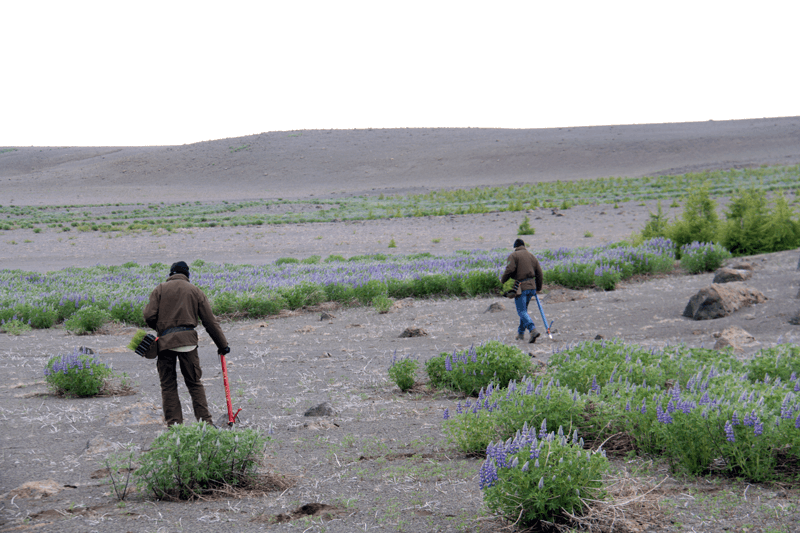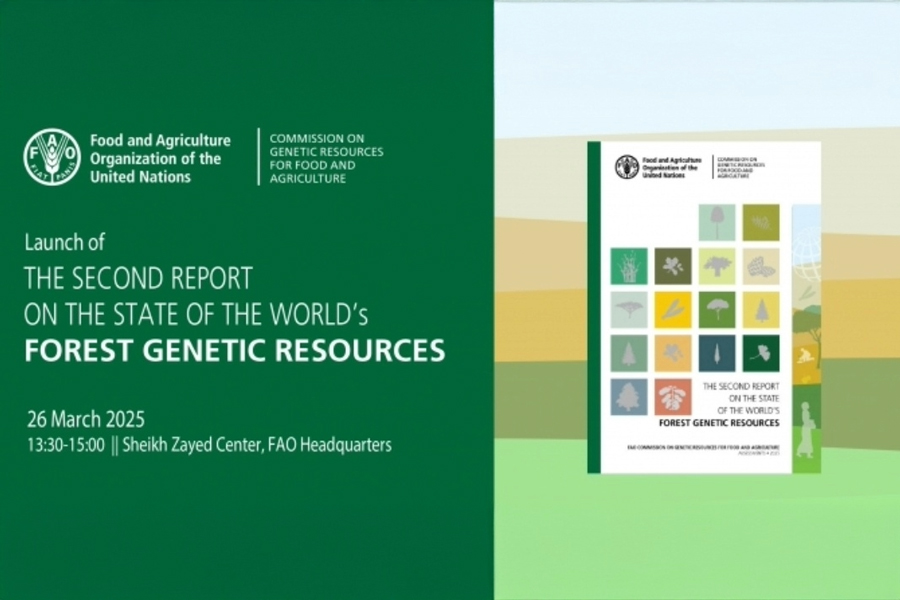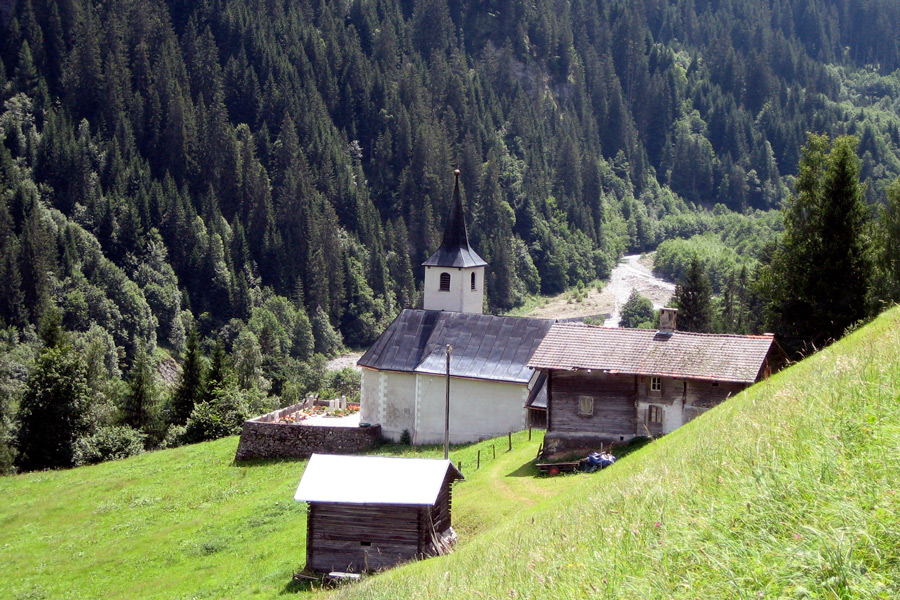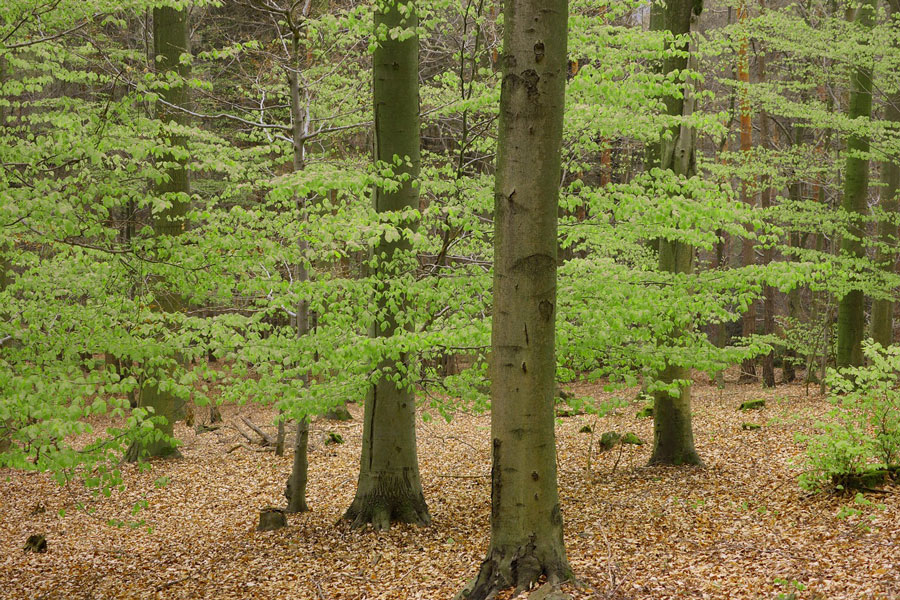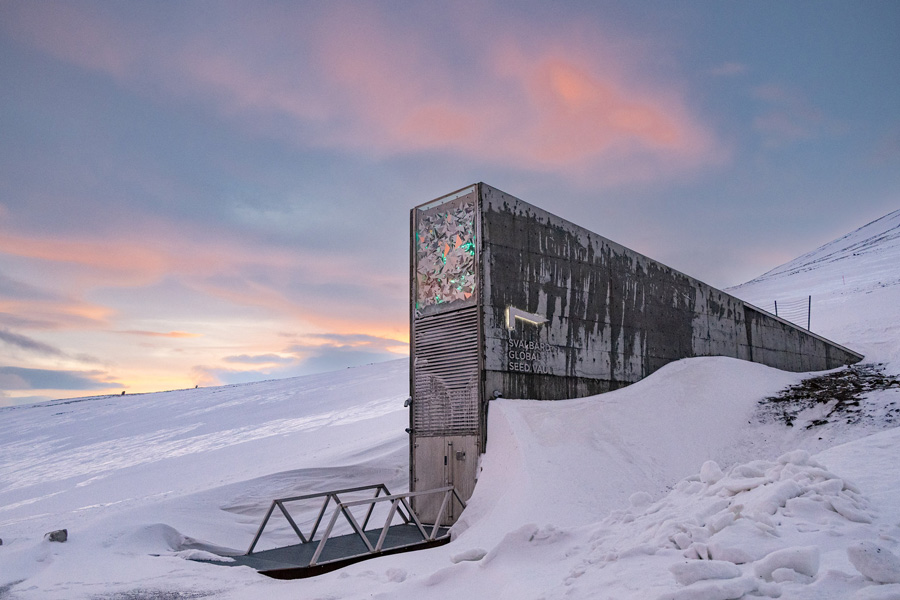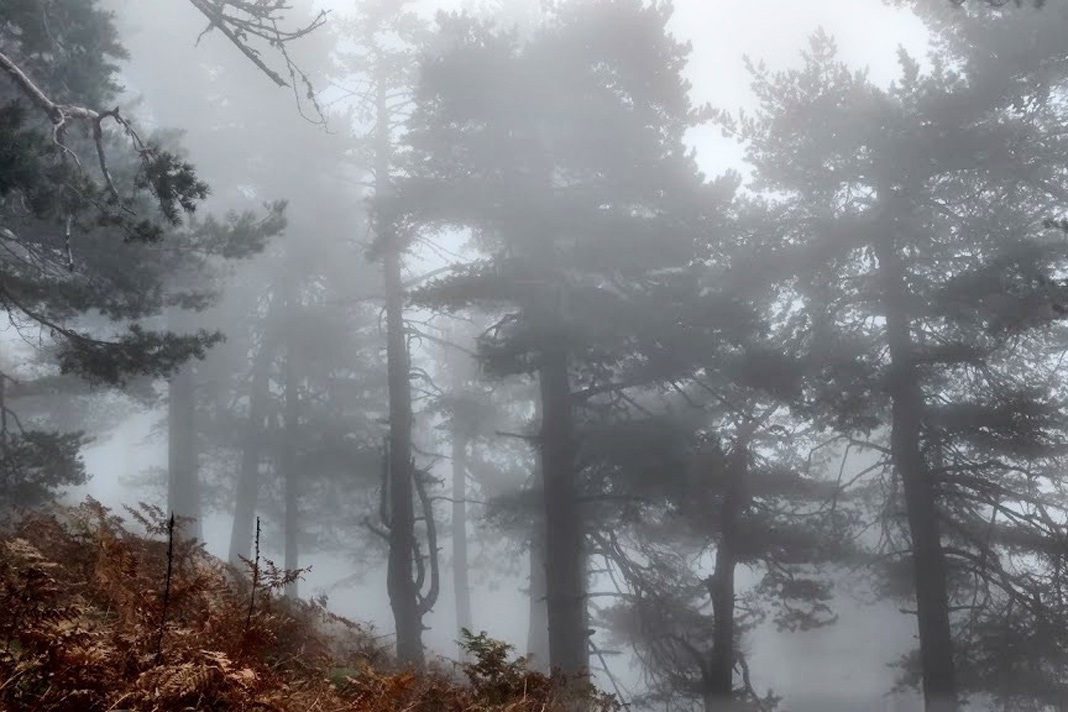Adapting to climate change in Iceland
This past spring, Dr Brynjar Skúlason, project leader in the Icelandic Forest Service, spent a few days grafting cuttings of select European larch trees onto rootstocks of a hybrid between European larch and Siberian larch to prepare parent trees for a seed orchard. This would be unremarkable except for the fact that European larch is not used in Icelandic forestry — yet.
The grafts come from a provenance trial established in southeast Iceland in 1997. The winter there is milder and the growing season longer than elsewhere in Iceland.
“We expect large areas in south and west Iceland to become warmer with a longer growing season within 20 years” Dr Skúlason explained. “That is why we wanted to select our future genetic material from the site of the provenance trial.”
At the moment the most important species in Icelandic forestry is probably Siberian larch, especially on poorer soils. Seed is mostly imported from Finnish seed orchards, produced by parents from the most north-western part of the species range in Russia. Older plantations of more easterly provenances have been declining and even dying in Iceland as winter warm periods have become more common. Siberian larch adapted to the European continent is quick to lose frost tolerance during warm spells and is then damaged by frosts and becomes more prone to diseases such as conifer canker.
“We already have some evidence that even the better-adapted Finnish seed orchard material will have the same problems as winters become milder” said Dr Skúlason, “although it will continue to be used at higher elevations.”
Why larches?
Although there is no larch species that is perfectly adapted to the Icelandic climate, all larch species really like the volcanic soils, even on infertile and eroded sites. Larches are the only trees that can be expected to grow well on such sites, which is why there is an emphasis on planting larch in afforestation.
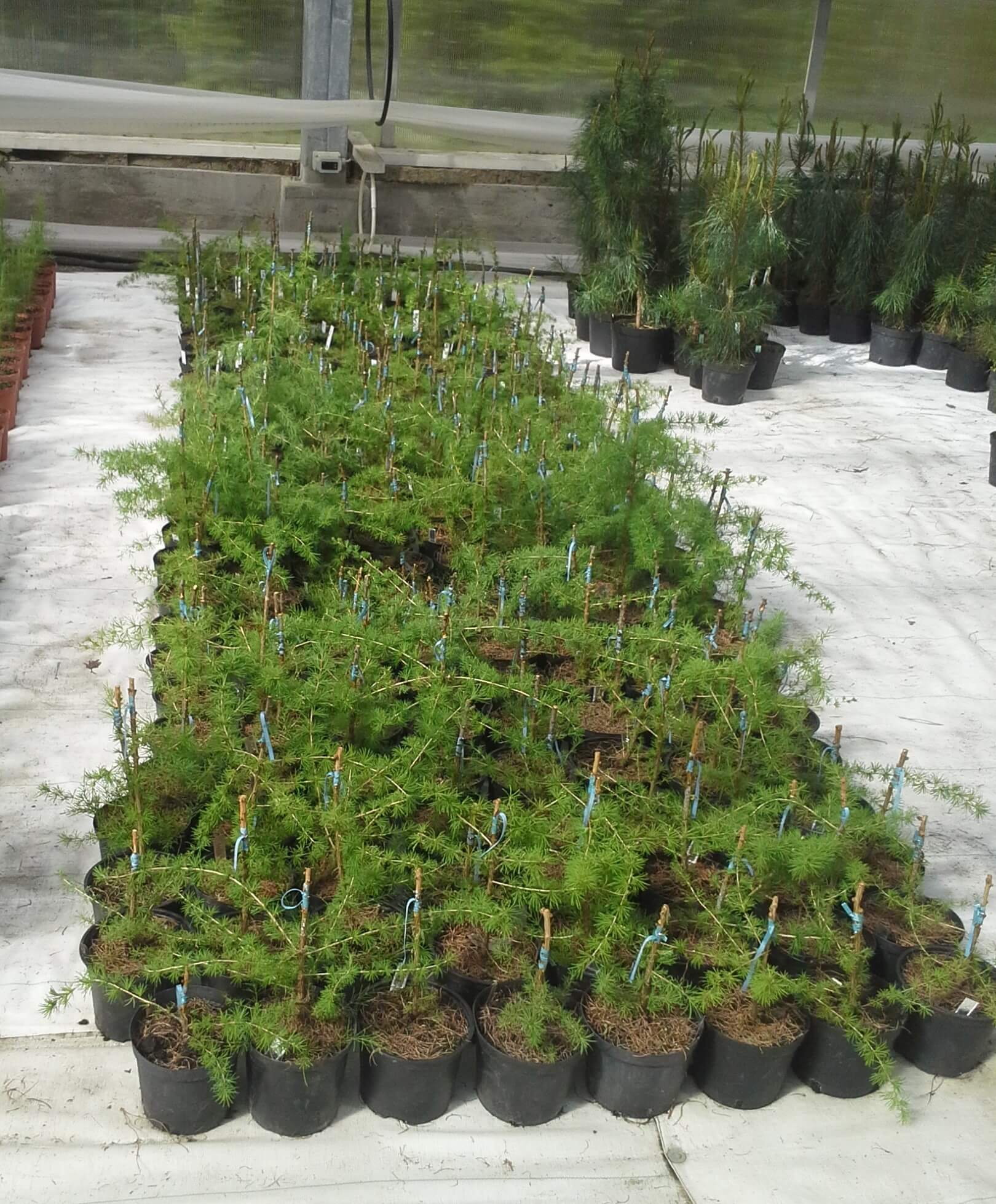
One promising alternative is a recent hybrid between Siberian larch and European larch. This may be used for afforestation over the next 20 years. After that, if winters continue to become milder, selected European larch might replace the hybrid.
European larch has so far proved too susceptible to early frost damage in autumn, although winter and spring damage has been negligible. As temperatures get warmer in general, autumn frost damage should become less of a problem. Also, even though no provenances of European larch have proved good enough to consider for widespread planting, individual trees within some of them have grown well and without damage. Those are the selected parents for the seed orchard.
“The challenge now is to select and breed genetic material of all important tree species to secure well adapted seedlings for the future climate,” said Dr Skúlason. “That is why we grafted trees from the provenance trial in a milder area, because selection has to be based on climate predictions, not the present climate at the sites where we plan to use the material.”
The seed for the provenance trials came mainly from high elevation stands in the Alps. By the time the seed orchard starts producing seed 20 or more years from now, the climate in south and west Iceland will likely be much more suitable to European larch.
“The grafting was only a few days work, but it depended on the trial established 22 years ago. And we have to do it now to prepare for the climate in another 20 years."
For more information please contact Brynjar Skúlason brynjar@skogur.is
